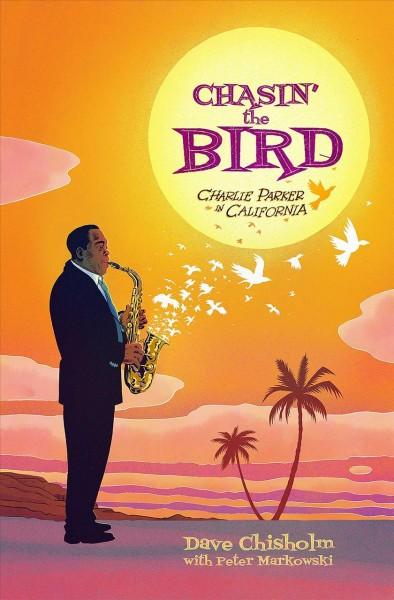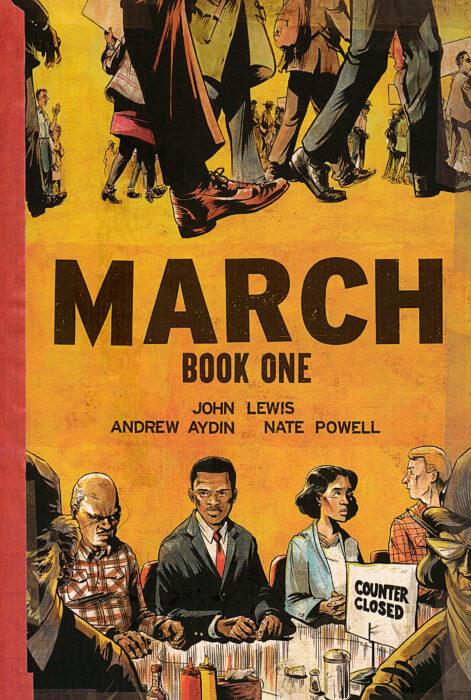If you grew up in a family that scoffed at “Hallmark holidays” — this week’s Valentine’s Day, Mother’s Day, Administrative Professionals’ Day — then you might be forgiven your impatience with the celebratory months.
Like the coming National Poetry Month. Some years ago, I was prompted to utter aloud, “No. No. Just no,” upon reading a since departed colleague’s lead-in to a story marking it: “They say April is the cruelest month.” With all due respect to T.S. Eliot and Tax Day, I’d seen it one too many times.
Black History Month, though, seems an exception. The funny thing is that back when I was a white minority at the Bridgehampton School, we never discussed it much. Or Black history itself, that I can recall, other than that time Eugenia Humphries broke out her acoustic guitar to serenade us with Stevie Wonder’s “Happy Birthday,” written for M.L.K.
Now, before the calendar turns and March is upon us (note Pi Approximation Day on the 14th), I feel obliged to add to the well-justified talk of graphic novels, as education tools and as banned books, and put in a word for some I’ve recently read, first the late John Lewis’s brilliant “March” trilogy, written with his congressional aide Andrew Aydin and beautifully illustrated by Nate Powell. When I finished it, I thought, “Every American should read this.” For the first-person civil rights history, for sure, but also for the full picture of Lewis’s sheer heroism.
And musicians, music fans, and comic art aficionados in general will get a whole lot out of “Chasin’ the Bird: Charlie Parker in California.” Dave Chisholm, a multitalented dude who plays trumpet and teaches cartooning and music at the Rochester Institute of Technology, looks at Parker’s time in 1940s Los Angeles through the eyes of a handful of people in his life — the sculptor girlfriend, the earnest young jazz photographer, the shady character in a fedora who starts Dial Records on a shoestring.
Even John Coltrane, who makes a pilgrimage to the master’s doorstep and gets a lesson in music as language (“I can hear everything you’re going for,” Parker tells him, “but I also know that you ain’t quite gettin’ there, dig?”) and the value of the old European “cats,” whose compositions help Parker “find new words, new phrases, new modes of expressing 10,000 lives’ worth of stories.”
Teachers, stock your classrooms.


